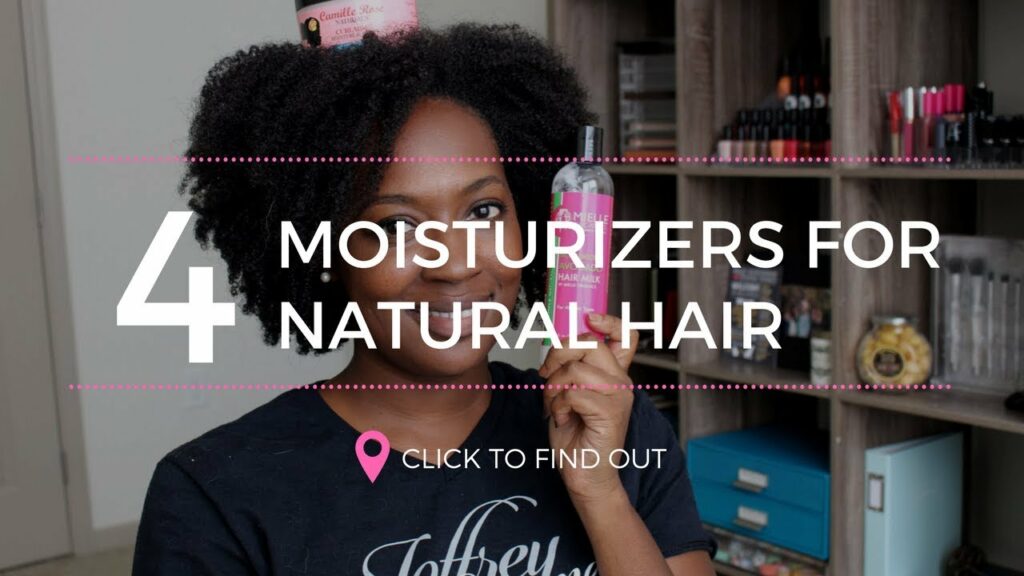
Leave in Conditioner Vs Curl Cream
I’m challenging myself to answer one of your hair questions every day this month, today’s question is about Leave in Conditioner Vs Curl Cream. If you like it, and it goes well, I may keep the series going into next year as well.
I love answering your hair questions personally, but I always think that if someone asked a question there must be another 10 people out there thinking the same thing. So instead of private replies, I’m going to share the answers publicly.
A leave in conditioner
is not as heavy as regular conditioner, but heavier then a styling cream or lotion. It is mostly for moisturizing purposes and won’t necessarily define your curls (though it usually helps)
A curl cream – is thinner in consistency then a leave in conditioner and should provide light weight hold and definition for your curls (a gel would provide more definition and hold)
hair lotion (extra nuggets)
hair lotion is supposed to help give dry hair luster. It’s thinner in consistency than a curl cream. Honestly most lotions don’t do anything for my hair. I don’t waste money on them anymore
Leave-in Conditioner vs. Heat Protectant
While both products are meant to be left in the hair after shampooing, they do have different purposes. The difference between a leave-in conditioner and a heat protectant is that a leave-in conditioner is meant to protect your hair at the strand level from cold and dry air. Using a heat protectant act as a protective barrier between your hair and a hot tool, protecting it from burning, drying out, and becoming dull. A heat protectant will help smooth the cuticle and leave hair looking shiny and healthy.
Leave-in Conditioner vs. Regular Conditioner
The obvious difference between the two is that one you leave in and one is rinsed out! But you probably already figured that out! So, what actually is the difference between the two?
Leave-in conditioners, which are also called no-rinse or leave-on conditioners, are used after you wash your hair and before you style it.
They’re usually applied to towel-dried hair. Leave-in products provide extra moisture to the hair, protect it from damage, and help detangle the strands.
A lot of products do the same thing honestly. Companies just make them sound different through marketing.
Choose one product for moisture, and another for hold. Or if can see if you can find one that does both. The less products you use, the better.
Purpose of a Leave-in Conditioner
A typical leave-in conditioning formulation was created to fortify the hair with strength and/or moisture, aid in detangling, and provide ease of styling without weighing down the hair or creating a buildup.
These concoctions were made to allow the freedom of frequent, daily usage without unwanted side effects. This is usually a third step after cleansing and conditioning, but it can also be used as a daily refresher.
The leave-in concoction is the lightest form of conditioning compared to the rinse out or deep conditioner and serves best as a quick, light means for elasticity, hydration, and manageability.
Purpose of a Curl Cream
The job of a curl cream is to both condition and moisturize from the inside out, and the nature of the ingredients will affect how well it does this. A good curl cream will also enhance the natural pattern of the hair by encouraging curl formation, allowing them to be the best version of themselves.
How to Use Leave-in Conditioner
Leave-in conditioner is applied after shampooing. It can replace the conditioner that you’d normally use in the shower, but you can use both if you want — especially if your hair is particularly dry or damaged.
It’s best to apply the product when your hair is still damp. Follow the steps below for best results, but be sure to read the instructions provided on the bottle:
- After washing your hair in the shower with shampoo, rinse thoroughly.
- You can use a regular conditioner in the shower if you want, but be sure to rinse your hair thoroughly afterward.
- After exiting the shower, gently pat your hair dry with a towel to remove excess water.
- Apply a small amount of leave-in conditioner (per the guidelines on the bottle) through your hair.
- Brush your hair with a brush or comb to detangle it.
- Let the hair dry or style it as desired.
The process is relatively the same for all hair types. If you have thicker hair, you may need to use more leave-in conditioner than someone with fine hair.
Using a wide-tooth comb can help distribute the conditioner better if you have curly or thick hair. If your hair is very fine, you may want to only apply the leave-in conditioner to the ends of your hair.
When it comes to frequency of use, look to your hair for answers. If you’re using leave-in conditioner daily and your hair looks and feels healthy, continue using it as-is. But if you notice your hair becoming too oily or limp, you may want to use it less often.
How to Use Curl Cream
1. I apply cream to freshly cleansed and conditioned hair. I never use a towel, instead I opt for a 100% cotton towel or T-shirt as I don’t want to remove too much water from the hair.
2. My hair will be damp to slightly dripping wet. I then section my hair into 4 with butterfly clips for better distribution of the product.
3. I’ll then pump a dollop of curl cream into my hand for each section. I like to use it in the same way as conditioner.
4. Rub my palms together to spread the product and finger rake downwards, starting from just below the root and down to the ends – slightly squeezing the product between my hair and my fingers. Imagine that you want to cover each strand with product.
5. Continue to do this for a further 1-2 minutes by massaging the product into my hair until my curls are detangled, moist and clumped, not stringy.
Do this all around head before I move onto applying gel. I use this as a final stage to define and seal the curls now that they are moisturized.
So I repeat steps 3, 4 and 5 but with 1/3 the amount of gel as cream used.
I finish with the praying hands method on each section to smooth the product down my curls. I diffuse for 20 minutes and won’t disturb the curls during the drying stage.
The Benefits of Curl Cream
It does not damage your curls.
Curl defining creams are not as cheap as you expect because they are often made of natural ingredients that do not cause the scalp to dry, not even trigger skin infections.
A curl defining cream can help improve your health.
The average morning routine of ladies involves the use of over 200 ingredients. From the time you step into the shower, apply lotion, makeup, deodorant, perfume, and hair products, you are exposing yourself to hundreds of ingredients and chemicals.
Since curl defining creams are made of all-natural ingredients, you are reducing your exposure to toxins and harmful ingredients that may cause cancer and other problems.
A curl defining cream can be custom-made for your needs.
If you find it hard to trust commercial curl defining creams sold in the grocery, you can always create one yourself. With research and patience, you can whip up a curl defining cream that suits your curly hair’s needs.
One popular ingredient you can throw in your own curl defining cream is an avocado. This fruit is known to provide your curls with enough moisture and vitamins they need.
In case you need to cleanse your cleanse your scalp without causing it to become dry, you can add a few drops of your preferred essential oil.
Product is budget-friendly.
If you think about it, in a month, you are spending a lot of money solely on hair care products. How much more if we compute the amount we spend for these products in a year?
The Benefits of leave-in conditioner
The main benefit of using leave-in conditioner is increased moisture, which will in turn improve overall hair health. Most hair types can benefit from leave-in conditioner. Here’s how:
Dry hair
Leave-in conditioner provides the most benefit for people with dry hair, as it can provide the necessary moisture. Dry hair can eventually lead to damage, frizziness, and breakage.
If your ends are particularly dry, consider concentrating the leave-in conditioner there.
Frizzy hair
Frizzy hair is usually very dry. Even if you take great care of your hair, you may find that it tends to be frizzier if you live in a hot, humid, or very dry climate, or spend a lot of time in the sun.
Leave-in conditioner can help combat frizziness by adding moisture to the hair and helping to smooth it out. As the leave-in conditioner coats the hair, it can also protect it from the heat of the sun and harsh environments.
Damaged hair
Hair gets damaged easily by using hot-styling tools, bleach, dyes, chemical straightening or perms, or if you routinely pull it back into ponytails or braids.
These practices may damage the hair shafts, making hair frizzy and dull. Leave-in conditioner provides a protective effect when applied before styling or using heat tools. It can also add moisture to the hair.
Coarse or curly hair
Curly, coarse, and textured hair may benefit from the extra moisture provided by leave-in conditioner. Curly hair is susceptible to dryness and craves added moisture.
This is because the natural oils produced by your scalp take longer to spread down the length of the curls.
Applying leave-in conditioner and combing it into the length of the hair can help your curls appear healthier and more defined with less frizz.
Bleached or color-treated hair
If your hair has been bleached or colored, it’ll likely have some damage. Look for a leave-in conditioner made for color-treated hair, which may help lock in color and add shine.
Fine hair
If you have fine hair, you may find that regular conditioners weigh down your hair, making it flat and heavy. Leave-in conditioner tends to be more lightweight, but it still provides the extra moisture and shine that your hair needs.
You may benefit from replacing a rinse-out conditioner with a leave-in conditioner. If your hair is very fine or limp, you may want to concentrate the leave-in conditioner only on the ends.
Conclusion
So now you have a good understanding about Leave in Conditioner Vs Curl Cream. Leave-in conditioners, as mentioned previously, provide moisture to your hair, but don’t really do anything to support your styling efforts.
Curl cream on the other hand, has a holding agent in it that will supplement your leave-in conditioner by helping to hold your desired style. The two products are a match made in hair heaven!
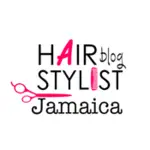

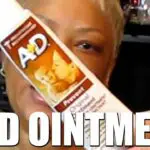

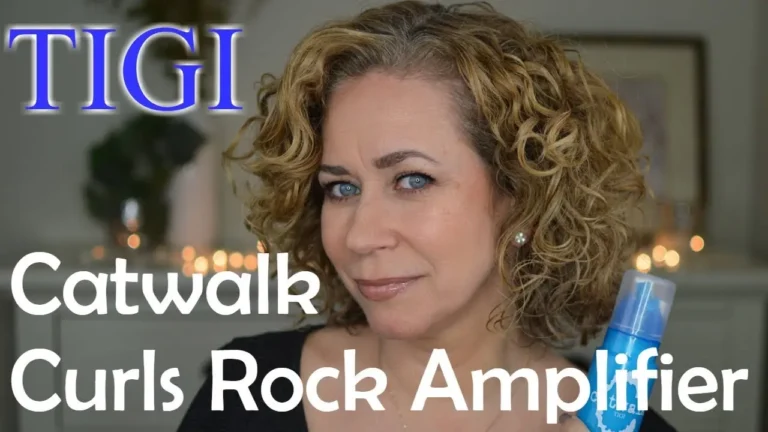
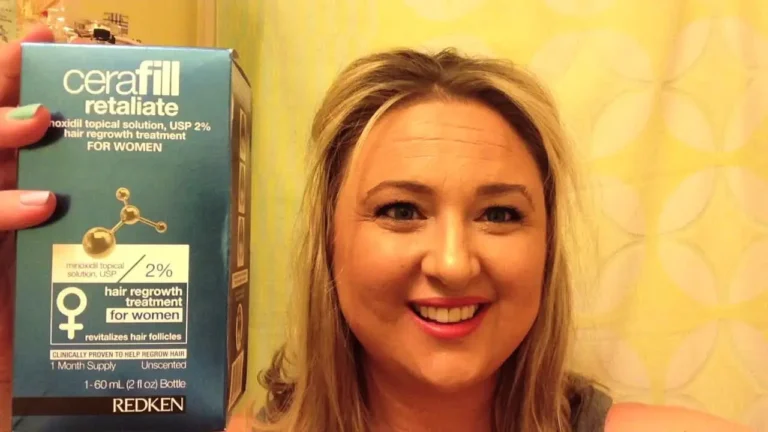
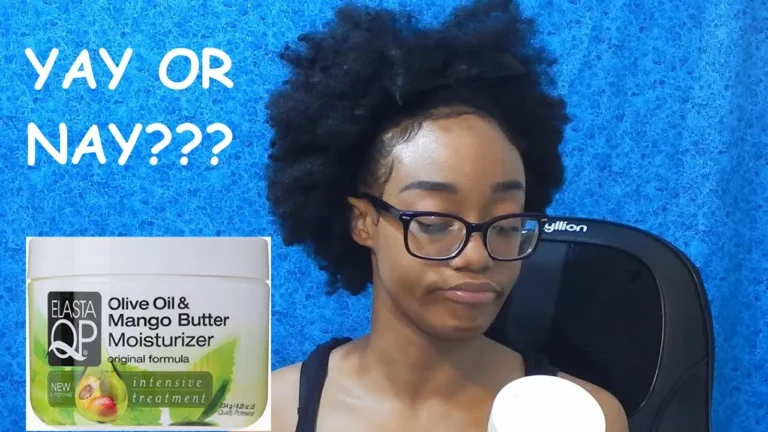

Comments are closed.